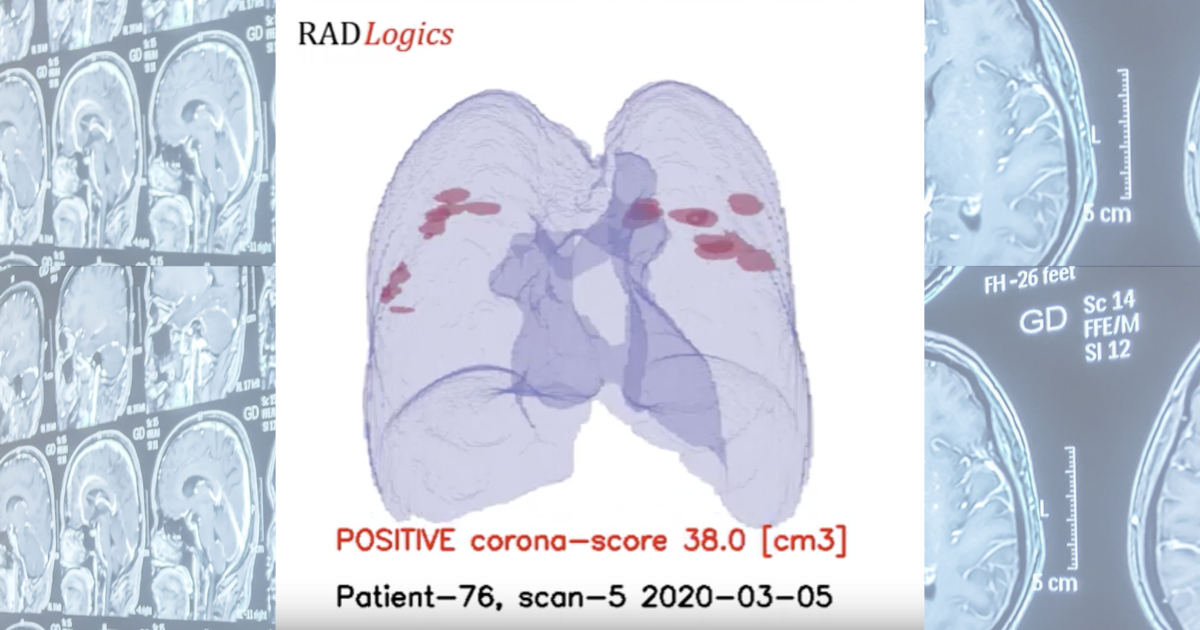Despite a significantly lower mortality rate compared with severe acute respiratory syndrome (SARS), caused by a related coronavirus (SARS-CoV) with a case fatality rate of 11%, COVID-19 has resulted in exponentially more harm. The virus spread rapidly and widely around the world, in a way SARS-CoV did not, from asymptomatic and mild cases resulting in undetected spread and leading to a higher number of deaths overall. If pandemics are to be managed effectively, policymakers, clinicians, and other stakeholders need access to data and recommendations in near-real time, including models to weigh the relative risks and benefits of various interventions. Notably, there have been numerous conflicting projection models for COVID-19, but few were accurate for this novel pathogen.
Policymakers and governments have many choices for population-level health interventions, which are critical to control spread early on. Non-pharmaceutical interventions include implementing travel bans, closing businesses, shutting schools, mandating masks, and allocating scarce supplies such as personal protective equipment (PPE) and testing. Implementation, timing, enforcement, and cessation all represent additional choices. Many of these decisions are still based on expert recommendations, rather than data-driven models. With these decisions come difficult tradeoffs, as many have serious economic consequences as well as direct health implications. For example, implementing restrictions (e.g., stay-at-home orders) during a pandemic may reduce infection-related morbidity and mortality, but the associated economic decline, social isolation, and delayed medical care also adversely affect public health and welfare.
Optimally managing a pandemic necessitates rapid feedback cycles of data-driven learning to respond effectively at each step. Policymakers must make initial decisions about which interventions are most likely to protect public health, and make mid-course adjustments, including updating policies and recommendations as more data become available. Clinicians must determine how to diagnose, triage, and care for infected patients under uncertainty, given the possibility that the pathogen may behave differently from known infections; rapidly studying and disseminating information about symptoms, disease progression, and responses to treatments are critical for reducing harm.
Data have always been important for healthcare and public health decision-making; however, data have been especially instrumental in efforts to tackle COVID-19 worldwide. Unprecedented levels of global collaboration have initiated data-sharing efforts from traditional sources such as those from health services, and non-traditional ones including transportation records and personal data from smartphones. These early strides in data sharing are critical for artificial intelligence (AI) where performance improves with large, inclusive, historical and real-time datasets. Innovations are rapidly advancing the application of data, advanced analytics, and machine learning (ML) to help manage the COVID-19 pandemic.
The objective of this scoping review was to synthesize available literature describing the use of AI to inform clinical and public health decision-making for pandemic preparedness and response. This review had two parts: an in-depth review of studies that leveraged ML techniques, and a limited review of studies that applied traditional modeling approaches. The in-depth review identified key use cases for ML alongside data sources and types of ML well suited for each use case. The limited review highlighted additional areas where ML could be leveraged for improving the accuracy of estimations or projections.
